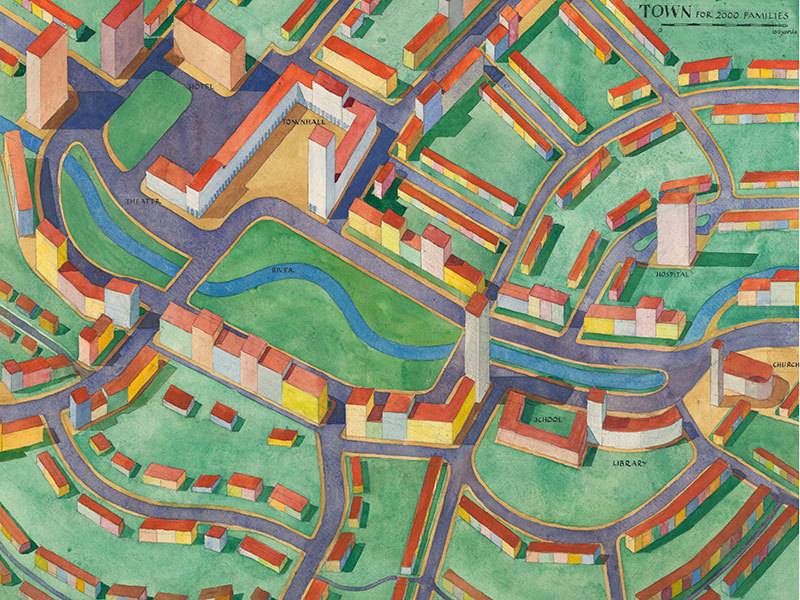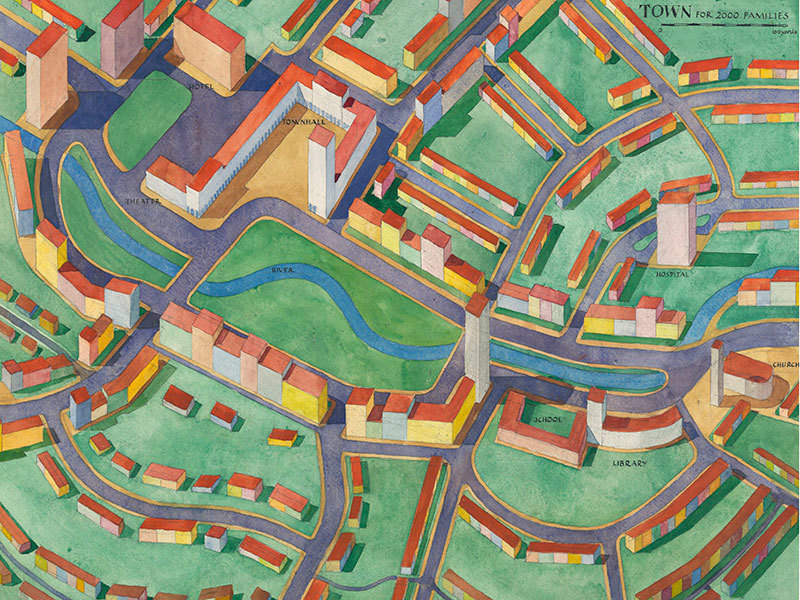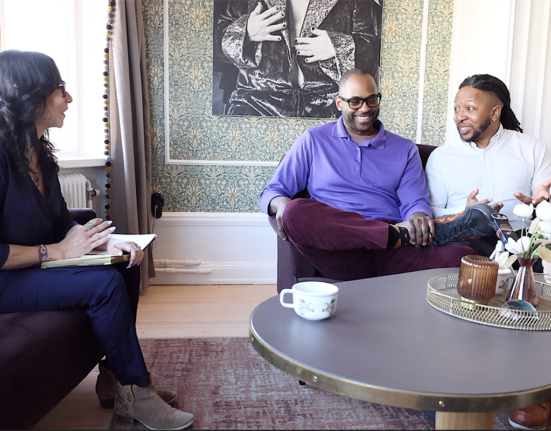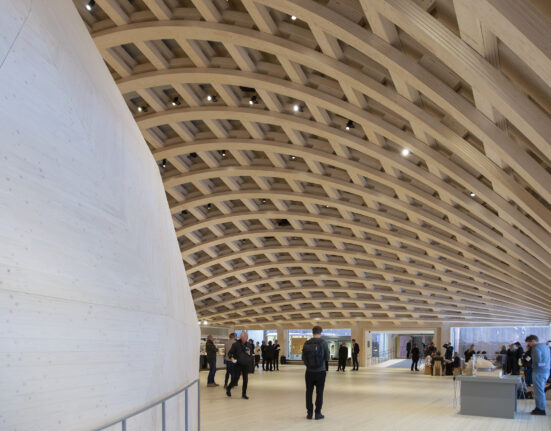
After a resoundingly successful run at Vienna’s Austrian Museum of Applied Arts/Contemporary Art early last year, ArkDes – the Architecture and Design Center – has brought “Josef Frank: Against Design” to exhibit back in Stockholm.
The most comprehensive exhibition ever on the world-famous architect and designer, it shows the breadth of Frank’s diverse production – from the groundbreaking architecture to colorful patterns and furniture; presenting unique and never before seen material from the ArkDes collections.
Significant works by this pioneer of modernism include several pieces of furniture from the first interior he had created for the pair of Tedeskos bunks in Vienna in 1910, along with objects from the interior and furniture company Haus & Garten he had driven in this city together with colleague Oskar Wlach.
Born in 1885 in Baden, Frank became one of the central figures in architecture and design in Austria during the 1910s and ‘20s; only emigrating to his wife’s native Sweden in 1933 during the growth of anti-Semitism in Austria then. Although he had subsequently worked in the United States of America from 1939 to 1947, he returned to Stockholm, where he worked as a designer of Svenskt Tenn until his death in 1967.
Though he had assignments from more affluent families, including the famous Villa Beer in Vienna, built around 1929, Frank’s architectural work in Austria primarily dealt with housing for the working class – the so-called social housing projects. Part of Vienna’s social housing programmes – the Rotes Vienna, his housing exhibition “Werkbundsiedlung” in 1932 was an important contribution to the discussion about freer lifestyles in a modern time.
In Sweden, he became known for having designed some of the first functionalist buildings – the five holiday homes in Falsterbo; built from 1924 to 1936. Yet interior and furniture design dominated his time in this country: he was already involved as Estrid Erikson’s designer at Svenskt Tenn in 1934 – an exhibition featuring several unique original sketches of what has become Frank’s most famous designs – his reinterpretation of favorite historic styles into more than 2,000 pieces of furniture. Still, he became best known for the vibrantly coloured organically surreal textiles he had designed.
“Against Design” highlights Frank’s increasingly critical stance against modernist rigor; especially his angst towards the Gesamtkunstwerk concept – where the environment was by design a finished unchangeable work of art, with furniture’s standardized and new forms invented for the sake of it, which spurred him to reject it as the personalized artistic starting point in design, or as the sense for the standardisation of Modernism; like Le Corbusier’s idea of buildings being designed as machines.
Rather he was inspired by the classical tradition in creating something new; developing instead a softer more permissive attitude, formulating an “accidentism” philosophy of architecture and interior design.
“All the places where we can thrive – rooms, streets and cities – have arisen by chance,” wrote Frank in the journal Form 1958, where the concept was first launched; later adding, “The house is not a work of art, simply a place where one lives.”
With design as his means of enriching daily life, Frank created objects that last; focusing on then-unfashionable qualities like comfort and ease with which people would feel relaxed and were at liberty to change things around to suit their needs.
Welcoming this more permissive architecture and interior design philosophy that held high and low tastes with good and bad ones, he depicted this approach in “fancy villas” – his thirteen sketches for his friend Dagmar Grill.
As with his many original watercolors from the ArkDes collections, these villas are in both style and expression far from an austere modernist idiom. Frank summed up his new inclusive philosophy in an unpublished manuscript: “Every great work of art must border on kitsch.”
Although elements of his architectural work, like nostalgia and improvisation, were considered odd by his contemporaries, successive generations of architects, like Denise Scott Brown and Rem Koolhaas, have inspirationally embraced them; especially in relation to his commitment to translating the philosophy into affordable housing.
“Frank was interested in livability, and the idea of a humanistic architecture that grew with its inhabitants,” said British interior designer Ilse Crawford. “His thinking on design was insightful, human-centered and extremely relevant for our times.”
Exhibition: Josef Frank – Against Design
Where: ArkDes (Architecture and Design center), Skeppsholmen
When: 10 March to 27 August
Photo and information credits: ArkDes, and Alice Rawsthorn in her “Josef Frank: Celebrating the Anti-Design Designer” for the NYTimes on 19 January 2016












